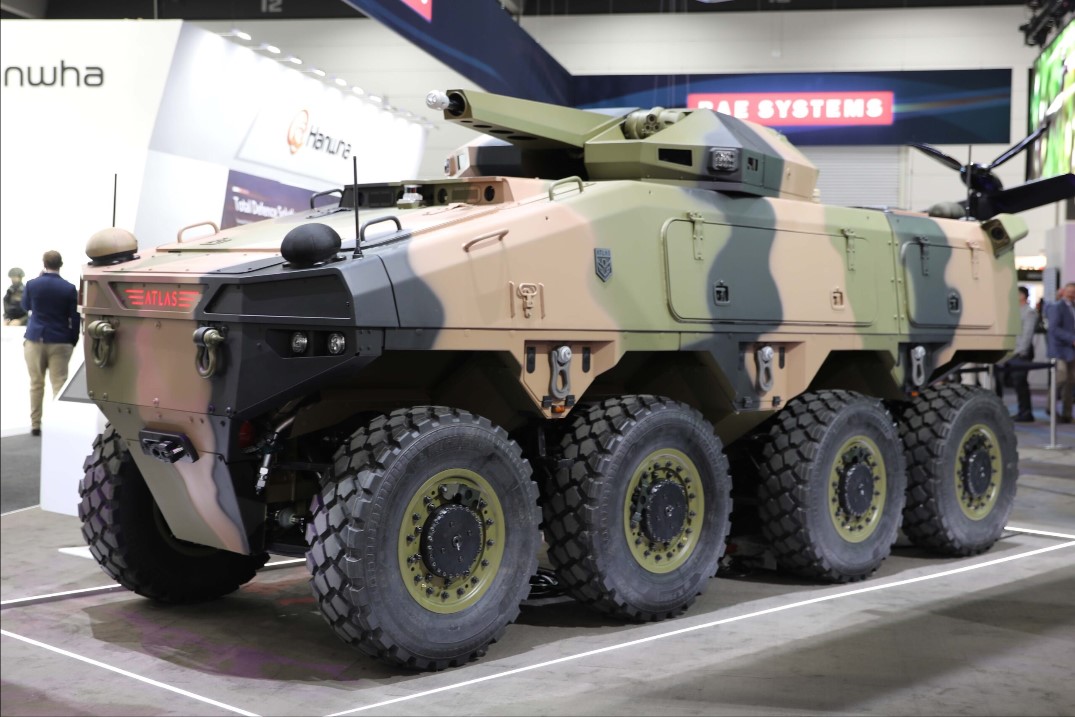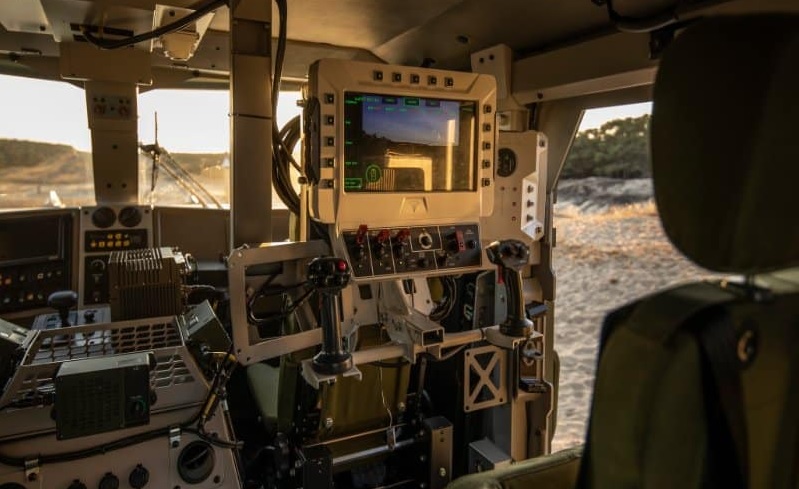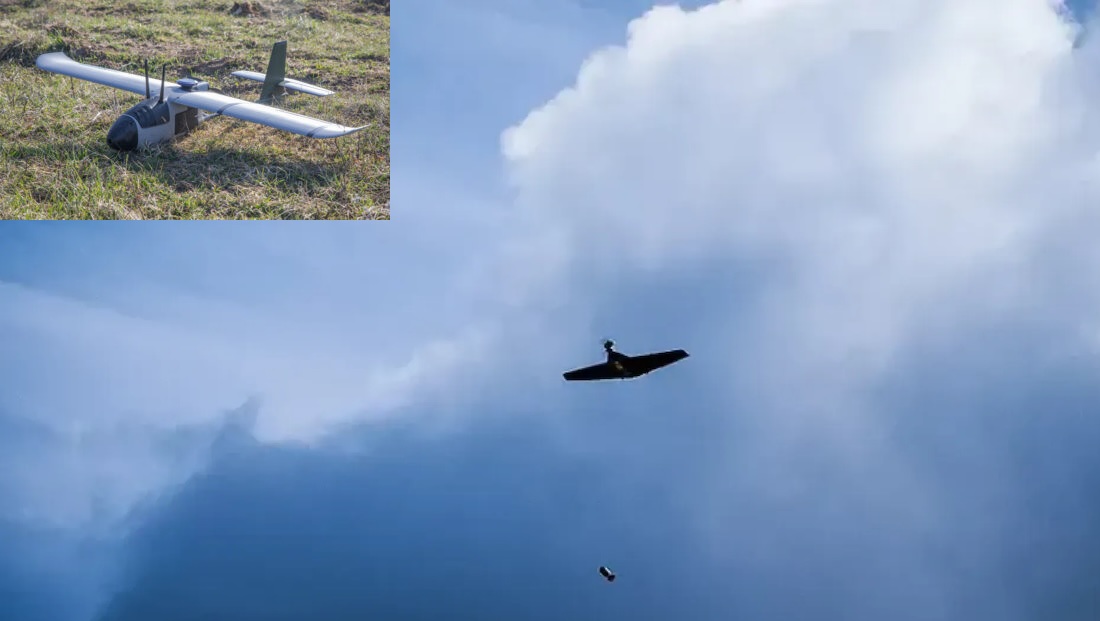BAE Systems Unveils ATLAS Robotic Combat Vehicle

BAE Systems has introduced its latest innovation in battlefield technology: the ATLAS Collaborative Combat Variant (CCV), a highly adaptable robotic combat vehicle designed to revolutionize modern warfare. As militaries around the world increasingly shift toward integrating autonomous systems, BAE’s ATLAS CCV aims to reduce risks to soldiers while boosting the combat capabilities of armored forces.
The ATLAS CCV is not just another uncrewed ground vehicle (UGV) — it’s a modular and flexible platform capable of executing a variety of roles on the battlefield. Whether it’s providing direct fire support with its 25mm Bushmaster cannon, conducting reconnaissance, or delivering supplies, the vehicle’s multi-functional design makes it an invaluable asset to military units, including main battle tanks (MBTs), infantry fighting vehicles (IFVs), and combat reconnaissance vehicles (CRVs).
One of the standout features of the ATLAS CCV is its ability to perform dangerous tasks that would typically put soldiers and manned armored vehicles in harm's way. As Stuart Bryden, business development manager for autonomy at BAE Systems Australia, explained, "The ATLAS CCV is capable of undertaking dirty and dangerous tasks such as direct fire support, obstacle clearance, combat reconnaissance, or short-range air defense." This means the vehicle can step in to handle high-risk operations, significantly reducing the exposure of troops to direct combat threats.
What sets the ATLAS CCV apart is its autonomy, powered by advanced systems such as BAE Systems’ Vehicle Management System, Mission Management System, and Payload Management System. These systems allow the vehicle to navigate autonomously, avoid obstacles, and even make tactical decisions in real-time. It features a “follow-me” mode and waypoint navigation, meaning it can operate either independently or in coordination with manned vehicles, adapting seamlessly to different combat scenarios.
The ATLAS CCV is equipped with a suite of advanced sensors, enabling it to perform a variety of missions without direct human oversight. These sensors make the vehicle particularly well-suited for reconnaissance, electronic surveillance, and target identification. The autonomy of the vehicle includes "human-on-the-loop" oversight, meaning operators only need to intervene during critical moments, such as when engaging enemy targets.
In terms of design, the ATLAS CCV is built to withstand diverse and challenging environments. Its high-mobility driveline and rugged structure allow it to traverse various terrains, from open battlefields to dense urban areas, making it highly versatile. Transportability is another key strength—this robotic combat vehicle can be deployed by air, sea, or land, allowing for rapid mobilization across different operational theaters.
Flexibility is also a defining feature of the ATLAS CCV. Its modular architecture allows the integration of different payloads, depending on mission requirements. Commanders can equip the vehicle with anti-tank missiles, automated mortar systems, or even loitering munitions, enhancing its ability to adapt to evolving battlefield conditions. This modularity provides a degree of operational flexibility unmatched by most traditional armored vehicles.
According to Kisa Christensen, director of Red Ochre Autonomy and Sensors at BAE Systems Australia, "The ATLAS CCV is an excellent platform for advanced reconnaissance, armored overwatch, and flank protection roles in littoral environments and complex terrain." Its ability to protect armored units and provide reconnaissance in harsh environments makes it an invaluable tool for modern military operations.
At its core, the development of the ATLAS CCV represents a broader trend in military innovation, where uncrewed systems are increasingly integrated with traditional forces. This fusion of human and autonomous capabilities offers new strategic advantages, particularly in high-risk areas where the survival of personnel is paramount. By reducing the cognitive load on human operators, the ATLAS CCV allows soldiers to focus on critical decision-making while the vehicle handles routine or dangerous tasks autonomously.
As BAE Systems continues to refine this next-generation UGV, the ATLAS CCV is poised to play a pivotal role in the future of military combat. By combining advanced firepower, adaptability, and autonomy, it offers a glimpse into a new era of warfare where robotic systems and human forces work together to achieve mission success while minimizing the risks faced by frontline troops.



